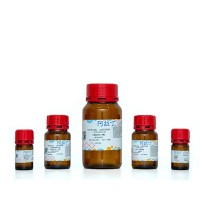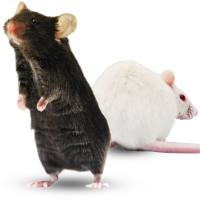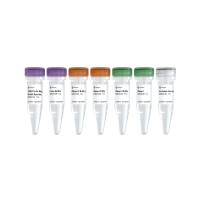The Sponge Implant Model of Angiogenesis
互联网
524
The host response observed after the application of an appropriate stimulus, such as mechanical injury or injection of neoplastic or normal tissue implants, has allowed the cataloguing of a number of molecules and cells involved in the vascularization of normal repair or neoplastic tissue. Implantation of sponge matrices has been adopted as a model for the accurate quantification of angiogenic and fibrogenic responses as they may occur during wound healing in vivo . Such implants are particularly useful because they offer scope for modulating the environment within which angiogenesis occurs. A sponge implantation model has been optimised and adapted to characterise essential components and their roles in blood vessel formation in a variety of physiological and pathological conditions. As a direct consequence of advances in genetic manipulation, mouse models (i.e., knockouts, severe combined immunodeficient [SCID], nude) have provided resources to delineate the mechanisms regulating the healing associated with implants. Here, we outline the usefulness of the cannulated sponge implant model of angiogenesis and provide a detailed description of the methodology.








